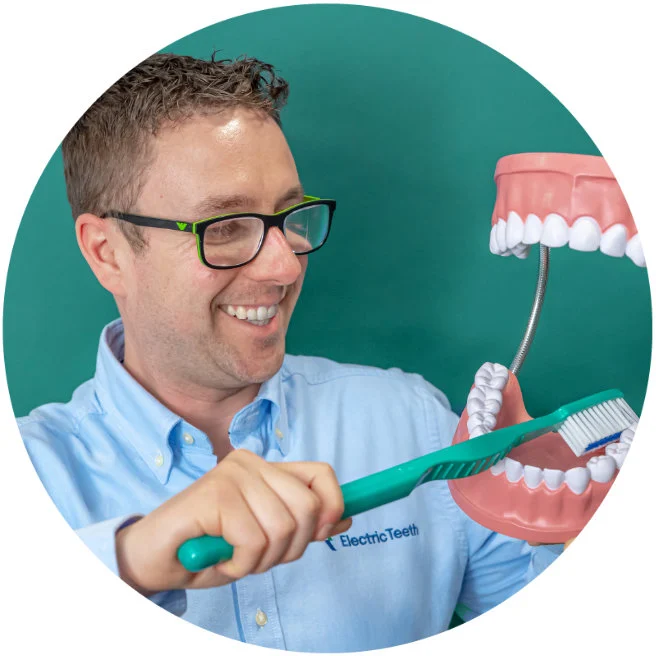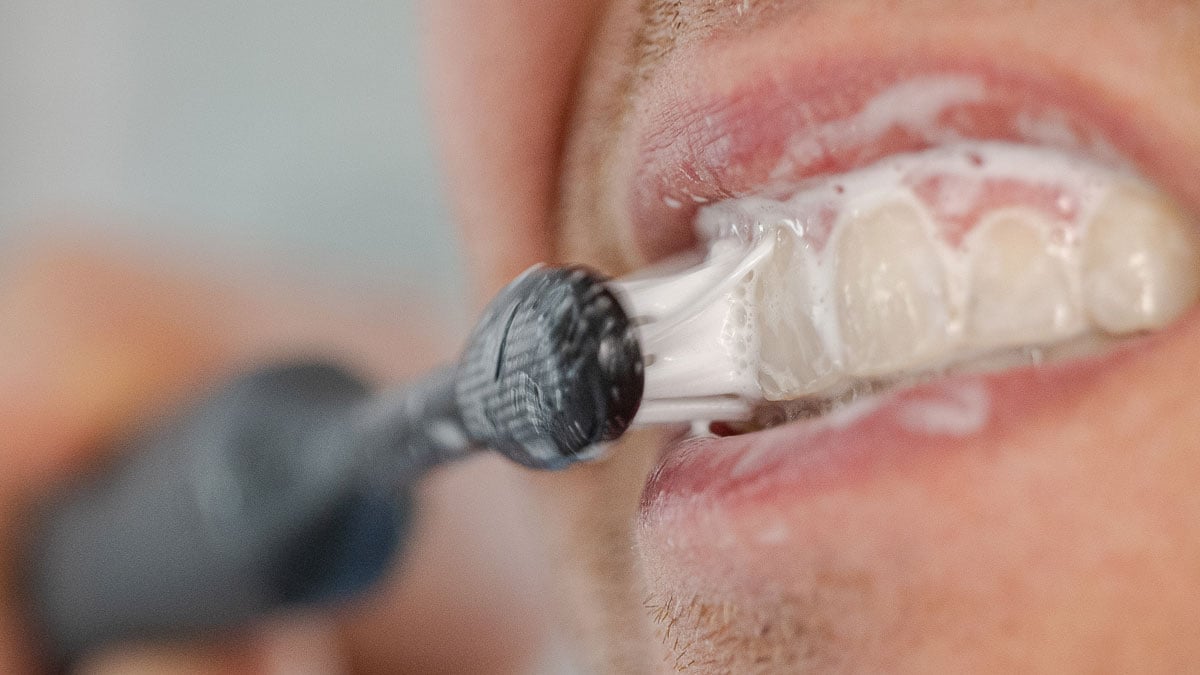
While many consider it a mundane daily task, the importance of brushing your teeth properly cannot be overstated.
It is your mouth, your health and your money, so you are in control, but for what is such a simple task, it can make such a big difference to your life. By following the steps and principles outlined in this guide, you'll not only achieve cleaner teeth, but also reduce the chances of dental issues such as decay.
What you need
Essential:
- Toothbrush (manual or electric)
- Toothpaste
- Water
Optional:
- Floss
- Mouthwash
How to clean your teeth with an electric toothbrush
Do be aware, that the technique is slightly different when using an oscillating rotating toothbrush like those from Oral-B compared to the sonic brushes like those from Sonicare or Colgate.
Step 1
Place a pea sized amount of fluoride toothpaste onto a soft bristled brush.
Do not turn on the brush until it is against the teeth.
Step 2
Visualise splitting your mouth into 4 sections (quadrants), focusing for 30 seconds on each. Upper right and left, lower right and left.
Starting with one of the upper quadrants, begin on with the outer surface i.e the surface closes to the cheeks. Move on to the inner and chewing surfaces of the teeth. Hold the brush at a 45 degree angle to the teeth so that the toothbrush bristles are able to clean the gums.
The approach differs slightly, depending on whether you are using an Oral-B oscillating rotating round brush head or a Sonicare (sonic) brush head.
Oral-B
Starting at the tooth closest to the back, simply run the brush from tooth to tooth, there is no need to move the brush head up and down or to scrub, as the motion of the head produces the cleaning effect.
Sonicare
Starting at the tooth closest to the back, move the brush head to create a small circular motion. You need to keep repeating this motion for the whole of the clean and repeat it fairly quickly (but not vigorously) before you move the brush head to the next tooth. Expect to complete approximately 3-5 small circles per tooth. Keep repeating this circular motion as you move the brush head over the teeth, moving from the back tooth towards the teeth at the front of the mouth. There is no need to scrub the teeth.
Step 3
Focus on 1-2 teeth at a time and ensure you reach your back teeth. You need to spend 1-2 seconds on each tooth. Make sure the brush covers the whole tooth and includes the gum line. This should mean that it takes about 30 seconds to clean each quadrant.
Step 4
Move to the next upper quadrant and continue to use the same technique and then move to the lower quadrants at 30 second intervals. Your electric toothbrush will likely have a pacer built in to help you track your cleaning time.
Step 5
To clean behind the front teeth, tilt the brush vertically. Doing this will help avoid tartar or calculus build up (and potentially those expensive visits to the hygienist!).
Step 6
Once the 2 minute cleaning cycle is complete, you will have brushed your teeth and gums. It is, however, worth taking a few extra seconds to clean the tongue. Move your brush head from the back to the front of your tongue several times to rid the surface of food particles and odor-causing bacteria to freshen your breath.
Also brushing the inside of the cheeks can help with freshness. You may prefer to turn off the brush at this point and use the stationary brush head like you would a manual brush.
Step 7
Spit out excess remaining toothpaste.
Do not rinse your mouth! The fluoride in the toothpaste will provide the best protection if it is left on after brushing. For this reason, you should not rinse with water after brushing. Also, do not rinse with mouthwash as the fluoride content in this is lower than in toothpaste.
Repeat this cycle a minimum of twice a day.
Some electric toothbrushes and specialist heads require a different approach. Consult your electric toothbrush manual or your dentist for further instruction.
How to clean your teeth with a manual toothbrush
The steps below are the written version of the steps demonstrated in the video above.
Step 1
Place a pea sized amount of fluoride toothpaste onto a soft bristled brush.
Step 2
Starting with one of the upper quadrants, begin on with the outer surface i.e the surface closes to the cheeks. Move on to the inner and chewing surfaces of the teeth. Hold the brush at a 45 degree angle to the teeth, placing the brush head at the gumline.
Move the brush head to create a small circular motion. You need to keep repeating this motion for the whole of the clean and repeat it fairly quickly (but not vigorously) before you move the brush head to the next tooth. Expect to complete approximately 3-5 small circles per tooth.
Be sure to brush the whole tooth, including part of the gum.
Step 3
Focus on 1-2 teeth at a time and ensure you reach your back teeth. You need to spend 1-2 seconds on each tooth. Make sure the brush covers the whole tooth and includes the gum line. Keep repeating the circular motion as you move the brush head over the teeth, moving from the back tooth towards the teeth at the front of the mouth. There is no need to scrub the teeth. This approach should mean that it takes about 30 seconds to clean each quadrant.
Step 4
Move to the next upper quadrant and continue to use the same technique and then move to the lower quadrants at 30 second intervals.
Step 5
To clean behind the front teeth, tilt the brush vertically and use an up and down stroke motion with the tip of the brush.
Step 6
Once the 2 minute cleaning cycle is complete, you will have brushed your teeth and gums. It is, however, worth taking a few extra seconds to clean the tongue. Move your brush head from the back to the front of your tongue several times to rid the surface of food particles and odor-causing bacteria to freshen your breath.
Also brushing the inside of the cheeks can help with freshness.
Step 7
Spit out excess remaining toothpaste.
Do not rinse your mouth! The fluoride in the toothpaste will provide the best protection if it is left on after brushing. For this reason, you should not rinse with water after brushing. Also, do not rinse with mouthwash as the fluoride content in this is lower than in toothpaste.
Repeat this cycle a minimum of twice a day.
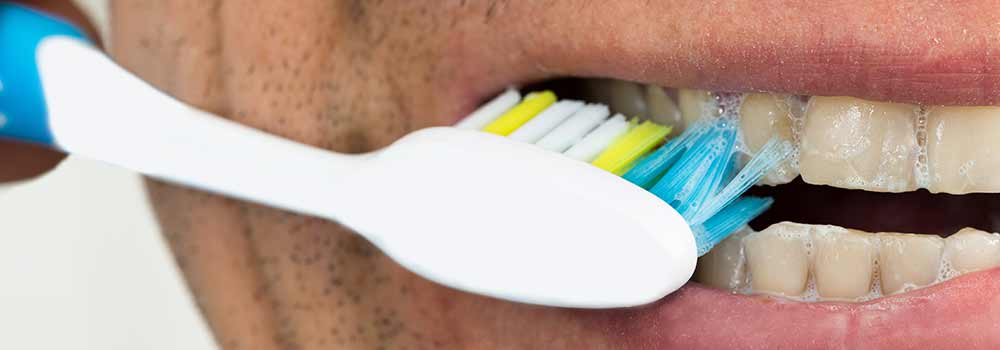
How often should you brush your teeth, and for how long?
A minimum of 2 minutes (120 seconds) twice a day is how long you should spend brushing your teeth.
Ideally, you want to do this last thing at night (just before bed) and at some other point in the day (first thing in the morning is favourable for many).
Whilst you can spend longer brushing, more than 6 minutes could be considered over-brushing and potentially be damaging. You also typically get less benefit once you brush for more than 2 minutes at a time.
Additional useful things to follow:
- Clean the front, back and chewing surfaces of the teeth.
- Hold the brush at a 45 degree angle to the tooth's surface.
- Spend 30 seconds on each quadrant, that is a couple of seconds per tooth.
- Be sure to reach the back of the mouth and to brush along the gumline.
- Brush the tongue and even the cheeks.
- Brush twice a day for 2 minutes.
- Floss once a day.
- Spit, don't rinse.
- Use mouthwash to freshen the breath.
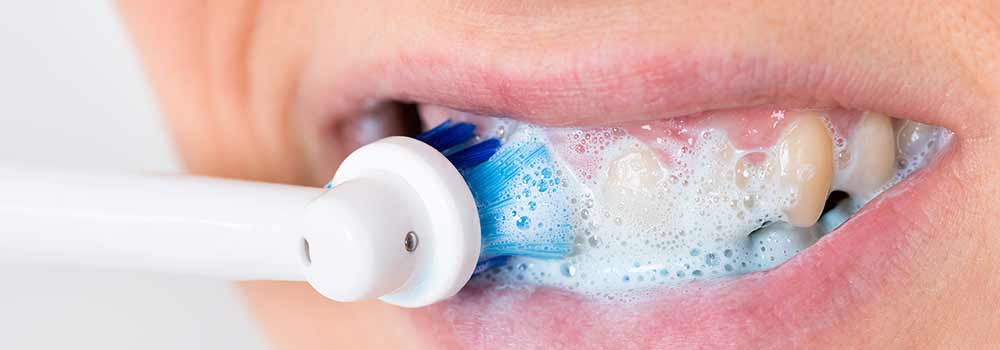
10 tips for better brushing
- The average person only brushes 45 to 70 seconds a day. The recommended amount of time is at least 2 minutes or 120 seconds, twice a day.
- Brushing with the right technique ensures you remove plaque effectively.
- Electric toothbrushes can remove up to 100% more plaque from the gum line than a regular manual toothbrush.
- Brushing gently with little pressure ensures that you do not damage your gums. Brushing harder and faster is not the answer to improve your oral health.
- Make sure you brush all areas of the mouth for better oral health. This includes all sides of the teeth and the tongue as well.
- Toothbrushes with soft bristles remove plaque effectively and are gentle to the gums.
- Pay attention to all teeth when brushing, do not focus purely on the more visible teeth at the front of the mouth.
- Electric toothbrushes can offer different cleaning modes suited to different oral hygiene routines, adjusting brush head motion and speed to provide a better and more suitable clean.
- Use a fluoride based toothpaste to helps ensure the teeth remain healthy and the enamel is strong.
- Do not rinse your mouth out after brushing. Spit out excess toothpaste but avoid rinsing as this leaves the protective toothpaste on your teeth for longer.
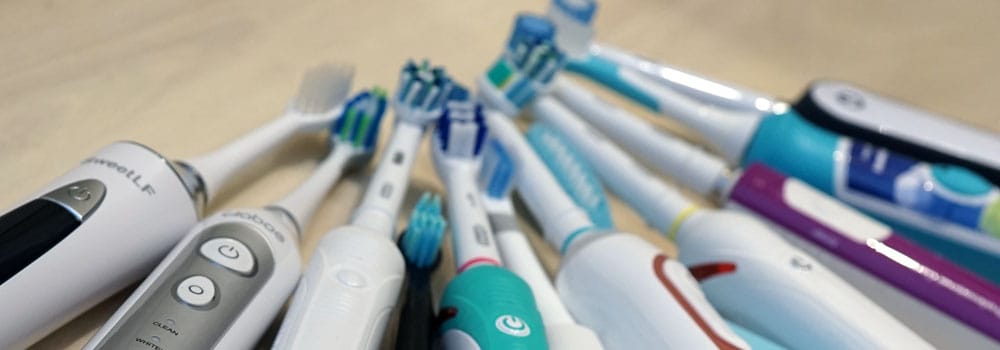
Different techniques
The aim of this article is to teach you to brush your teeth with an approach and technique that is more standard and consistent than what you are likely doing already.
Many of us have never been shown how to correctly brush and move the brush around the mouth at any old angle, at an uncontrolled pace and in no particular order.
Above I have outlined what I and our in-house dentists consider the best way to clean teeth.
Whilst this is 1 approach (known as the Bass or Sulcular technique) it would be nieve not to acknowledge different techniques and approaches that can be used.
Some dentists may advise the Stillman or Charter technique and there are modified versions of all of these.
Using any of these approaches can bring benefits and some will be better for some people than others.
Find a technique that works for you and if your dentist advises a different technique for your personal circumstances then follow that in preference to what I have listed.
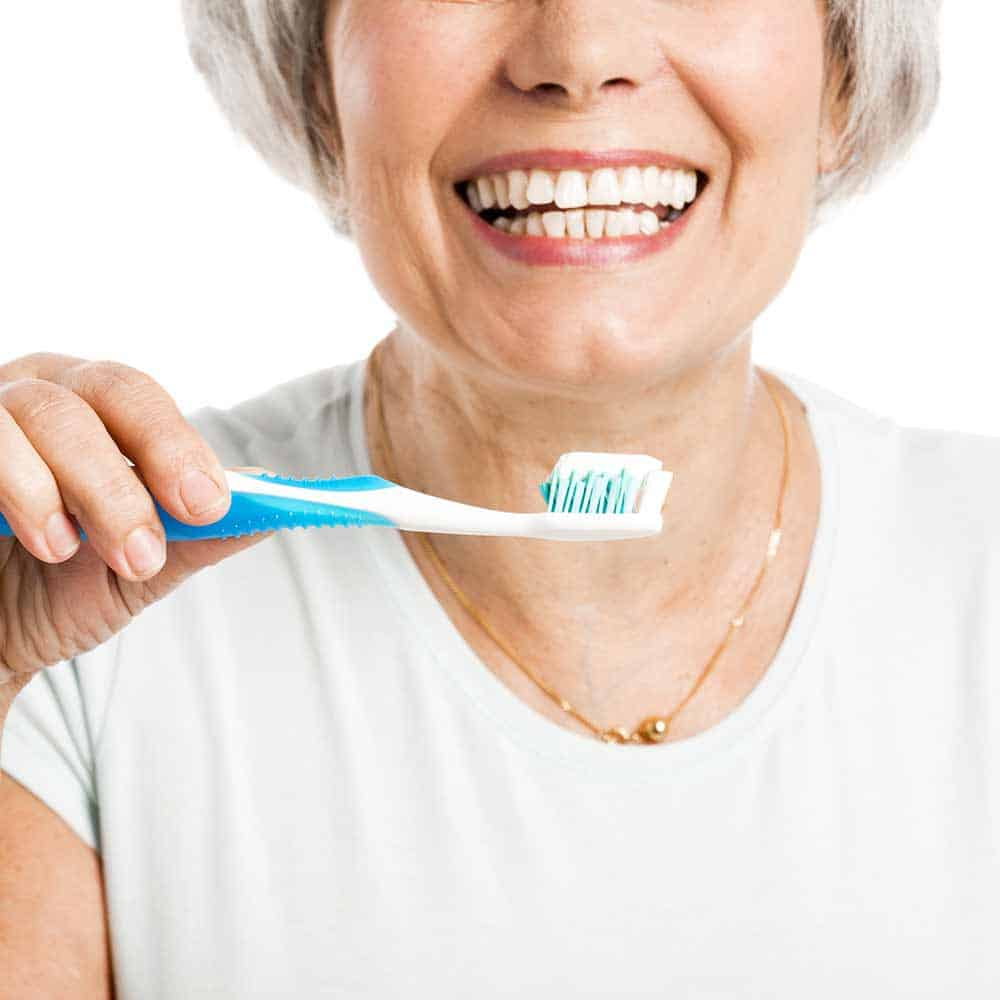
Making the most of your toothbrush
Now that we've covered how to use an electric toothbrush or manual toothbrush, we'll give a quick recap and go over some other topics you should bear in mind.
Technique
Remember, the correct technique is more important than the cost or quality of the toothbrush.
Master the technique and the premium brush and paste can come later.
Focus on the brush stroke action including angle, positioning and time. Brushing harder and faster is not the answer. Perfect the technique.
Do not overdo it. If struggling, take a break and try again later.
If you have not been cleaning your teeth correctly, it can take time to learn a new process or habit. Thankfully the human brain is very quick to learn and reprogramme to remember how to complete a process.
Repetition
Learning how to do something right can take time.
Initially, getting the correct technique may take a little longer, but as you become more familiar with the process and how to do the job properly, the easier it will become.
The more time spent investing in doing it right now WILL help in the long term.
Cleaning and maintaining
No toothbrush will last forever.
A manual toothbrush should be replaced every 3 months, whilst the head on an electric brush should be replaced at the same intervals as a manual brush.
An electric brush is usually guaranteed for 2-3 years and could last you longer.
To ensure your brush performs as expected, rinse the bristles and handle after use, wiping off excess moisture, dirt and bacteria that may build up on it.
Try to protect the bristles of the brush as damaged bristles are ineffective.
If you are particularly keen to ensure the brush is clean there are through sanitisation options available but these incur more time and often cost.
The right tools
The more tools you have at your disposal and the more money you can afford to spend the better your oral hygiene routine can be. However, that does not mean that those that spend most will get the best results.
Spending just a couple of $ every 3 months is enough with the right technique and routine.
More money spent on more advanced products can aid the process and improve results, but the effect of the increased spend is considerably more limited.
Electric toothbrushes with replaceable batteries can start from as little as $10.
Brushes with a fixed internal battery can start from around $20, one such example being the Philips Sonicare 1100 Series.
Spend $50 and you can get a more premium brush like the Sonicare 4100 Series or Oral-B Smart 2000.
For a more complete comparison of choices, see the guide we’ve put together on buying a new toothbrush.
In the most simplistic form a manual toothbrush with a fluoride toothpaste is enough (more on toothpastes below).
Electric toothbrushes can be advantageous for a number of reasons. It reduces the effort required, making the process of cleaning teeth easier. The electric motor can be easier to use for those with arthritis, or trouble with arms, hands and shoulder movement issues. Of course, an electric toothbrush is generally more efficient at removing harmful plaque.
Floss and mouthwash are also advised as part of a routine to assist in ensuring the mouth and teeth are as clean as they can be and limit potential problems.
With a manual or electric brush as there is for floss and mouthwash, there are many different options from different manufacturers designed to suit different needs. It is best to consult a dental professional on finding the correct one for you.
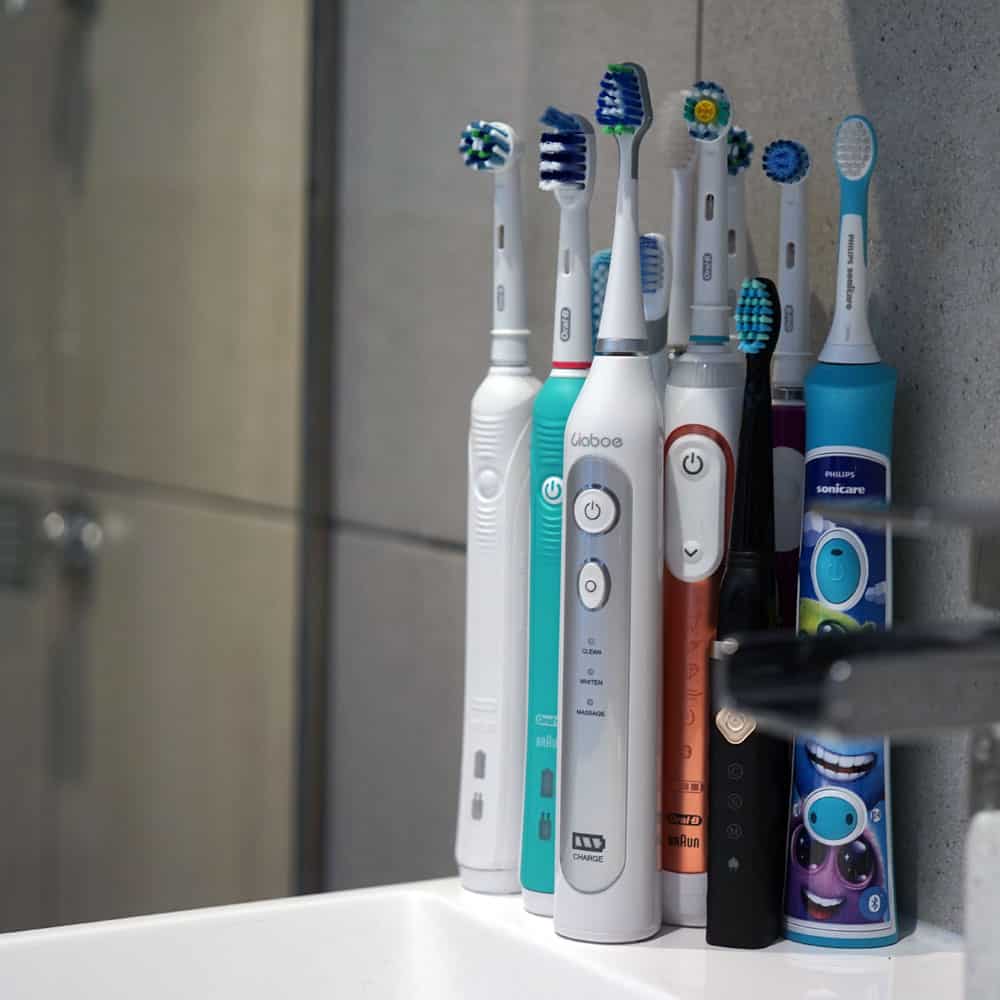
Toothpaste
There are a wide variety of toothpastes that can assist in the teeth cleaning process.
From whitening to sensitivity pastes to those that come as powders, what you are really looking for is those that have fluoride in them.
Fluoride is a naturally occurring mineral, and it has been responsible for reducing tooth decay over the last 50 years.
Fluoride makes the enamel on your teeth stronger and can even reverse the early stages of tooth decay.
Only a ‘pea’ sized amount is required at any time and avoid rinsing the mouth out after brushing as this washes away the fluoride that is so helpful.
As an adult (and children over 6 years of age) you are advised to have a toothpaste containing 1450ppm fluoride.
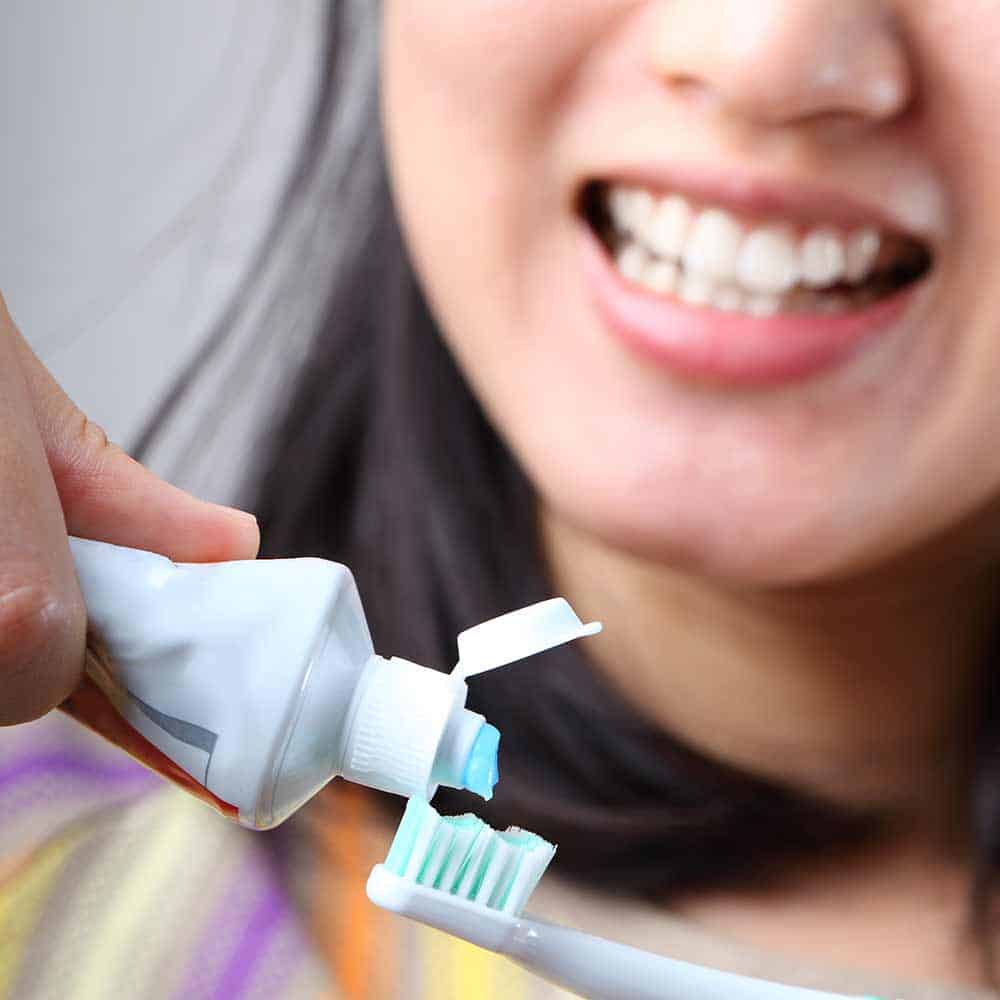
The cost
Shop correctly and a manual brush and toothpaste can be sourced for well under $5 combined and last up to 3 months, which is just a few cents per day!
For a more premium manual brush and a better quality paste you are likely looking at around $7-8 or about $2 per month over a 3 month period.
If you want to spend more you can, but you do not have to.
Naturally electric toothbrushes are more expensive but these also now are considerably cheaper than they once were. Even basic electric brushes bring often a better clean for only a relatively small initial cost.
$40-60 can buy an excellent brush like the 4100 Series and whilst initially more expensive than a AA/AAA battery brush works out cheaper in the long run.
In all our hands-on reviews here at Electric Teeth, we work out the daily cost of owning toothbrushes. It is cheaper than you may think unless you particularly need, want or can afford the premium options.
Keep motivated
2 minutes, twice a day in the scheme of the day is not a lot of time. You may spend an hour commuting to and from work, 20 minutes on social networks, half an hour watching TV, so is 4 minutes or so over the course of a day really a big deal?!
It is easy to become distracted as cleaning teeth can be boring, it is all too easy for our mind to wander and become distracted.
Therefore it is important to keep things interesting.
Premium brushes, like the Oral-B iO, come complete with smartphone apps/timers that offer a good visual guide and keep you engaged with your clean.
On the other hand, apps like Brush DJ can be used by anyone with any toothbrush.
Apps can log your cleaning performance and give you an indication on just how focused you have been. You do not want a sad face now do you! These apps even bring in things like news, weather and your photos to keep you interested.
Why not play your favorite song when cleaning your teeth. The minutes will fly by.
And of course, the biggest motivational factor of all is that with clean and healthy teeth you will feel great, look good, have that extra confidence and get praised by your dentist and no pain or expensive medical bills.

Other dental accessories that can help your oral hygiene
The following products move you on from the basics of tooth brushing and are worthwhile considering alongside a good tooth brushing routine.
Flossing and interdental cleaners
Interdental cleaning is an essential part of taking care of your teeth and gums, and this should be performed at least once a day.
Healthy gums should be firm and pink. If your gums are red, swollen or bleeding seek advice. However, a small amount of bleeding when first starting to clean between the teeth is quite common and should subside after a few days of flossing/using interdental brushes.
Flossing completed correctly will assist in removing plaque from hard to reach areas between the teeth where a toothbrush can struggle to reach.
Modern toothbrushes have scientifically engineered brush heads that get deeper in between the teeth, but the thin nature of floss allows it to reach areas brushes often cannot.
Taking about 18”/45cm of floss, wind the end around your middle finger on each hand. Use your thumbs and index fingers to guide floss between your teeth.
Wrap the floss around the sides of each tooth to make a C shape, this will help ensure you get between gums and teeth.
Floss generally comes on a reel from which you remove the desired length. However, there are many products like floss picks that are generally more expensive but can be easier to use.
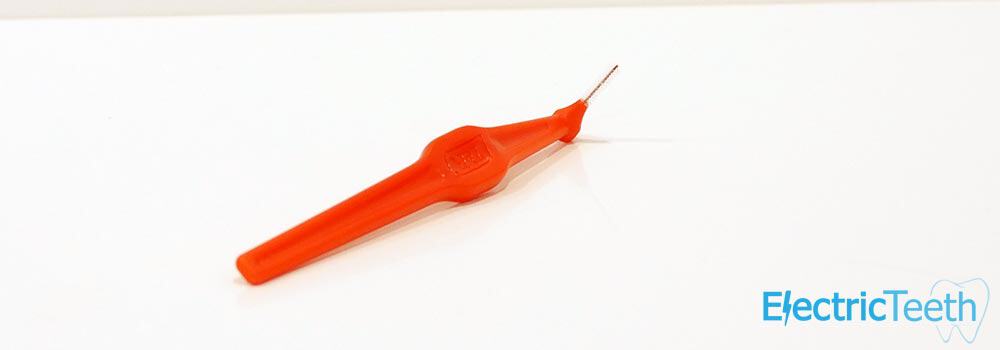
Other specialized tools like interdental cleaners may be better suited to your needs due to the different designs and options available.
Some opt for water flossers that force water in between the teeth at high pressure. Some find this more comfortable, although often a more expensive way to complete flossing. For some, this is more advisable.
Mouthwash
The main purpose of mouthwash is to be an addition to your daily oral hygiene routine and should not replace brushing twice a day for 2 minutes.
A liquid based product, its main purpose is to freshen the mouth and breath, although many mouthwashes now have properties that assist in general oral care.
A fluoride based mouthwash can help protect teeth against acids produced by plaque bacteria.
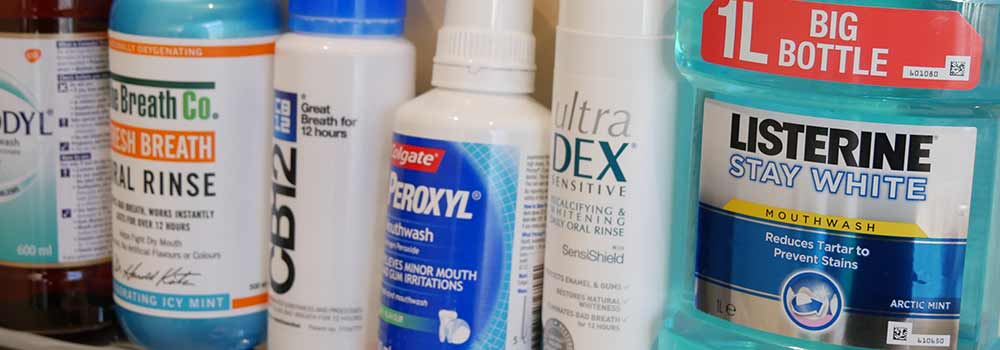
Often available in different flavors you can find one you prefer.
Many do have alcohol included and these should be avoided if used by children. Some health professionals advise using only alcohol free mouthwashes due to a potential link with an increased risk in oral cancer.
The mouthwash should be gargled in the mouth for 30 seconds or so and then spat out. Do not swallow.
Plaque disclosing tablets, floss, swabs and solution
It may be obvious if your teeth are clean or not, but think again.
Just because you can not see any food debris, does not mean your teeth are clean.
Plaque is a colorless substance that builds-up on the teeth, in between them and at the gumline. It is this that can be so damaging.
Ultimately your dentist will tell you whether or not you are cleaning your teeth correctly, but there are tools out there that can assist you.
One such example is plaque disclosing tablets such as Plaqsearch (view on Amazon).
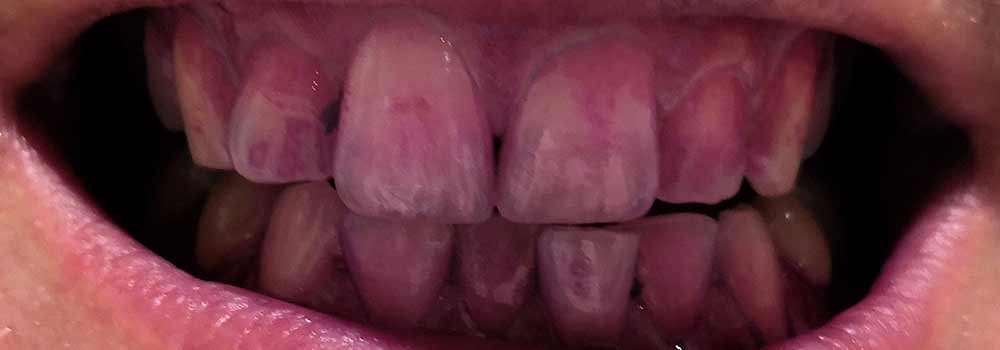
Pop one into the mouth and chew. Mixing with saliva, swish around the mouth for about 30 seconds and spit out the excess.
The tablet contains a dye that sticks to the plaque and highlights areas that need attention.
Brushing the teeth will remove the dye and in turn the plaque. Continue to brush until all is removed.
Plaque disclosing formulas are available as swabs, a solution and floss, although tablets tend to be the most common option.
Safe to use, you may choose to use daily or weekly until you have perfected the technique. It does not hurt to complete, even when you have your technique honed, just to be sure!
This approach can be particularly useful with children, as they will see the fun in changing the color of the teeth whilst helping them to learn.
More toothbrushing tips
- Brush for 2 minutes twice a day using only a pea sized amount of toothpaste.
- Break the mouth up into 4 quadrants, spending 30 seconds on each.
- Focus on 1-3 teeth at a time spending 1 or 2 seconds on each.
- Make sure you pay attention to your rear teeth.
- Floss once a day, opt for special flossing tools or interdental brushes if you find this easier.
- Brush the tongue and even inside of the cheeks to help remove bacteria and keep a fresh mouth.
- If possible use a mouthwash to leave the mouth feeling fresh. Consider an alcohol-free solution especially when used by children.
- Do not brush too hard or too fast. Too much pressure can damage your teeth and the bristles on the brush reducing effectiveness.
- If brushing after eating or drinking wait 45 minutes to an hour as residual sugars or acid juices from food and liquid can actually damage the enamel.
- Rinsing water around the mouth is a good option to remove excess food particles and freshen the mouth and can be completed straight after eating (but avoid after brushing).
- Opt for a brush with short bristles. Longer bristles require longer movements which can be difficult to achieve in the restricted space of a mouth.
- Electric toothbrushes are often advised because they require less effort and achieve a good clean. However, the right technique is most important.
- Consider the use a toothpick to remove larger out food particles from between your teeth.
- Avoid excessive amounts of sugary drinks or foods and liquids that can stain the teeth like tea, coffee, and red wine.
- Replace your toothbrush every 3 months.
- Visit a dentist regularly, preferably every 6 months or at least once a year.
- Speak to your dentist for professional cleaning advice for your teeth.
Disclaimer/Please Note
This is a guide based on general medical advice and experience. Personal situations vary and you should always consult your dentist or medical profession for specific advice on how best to clean for your teeth.




